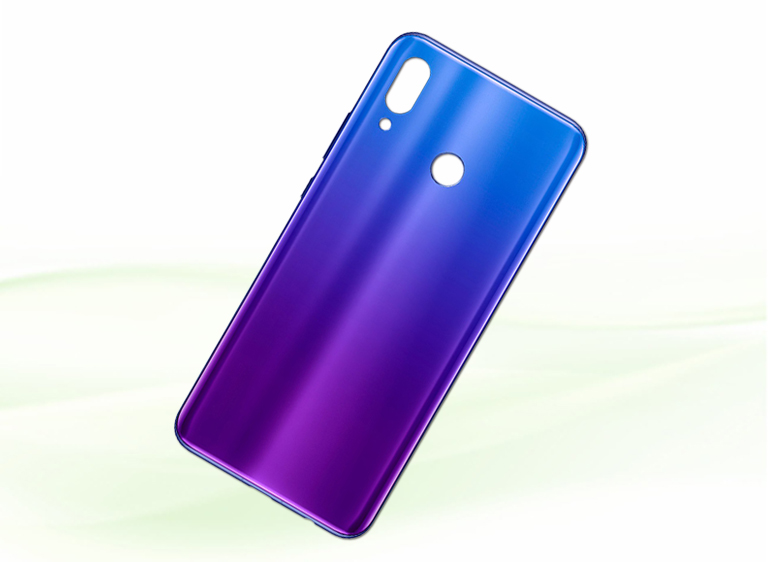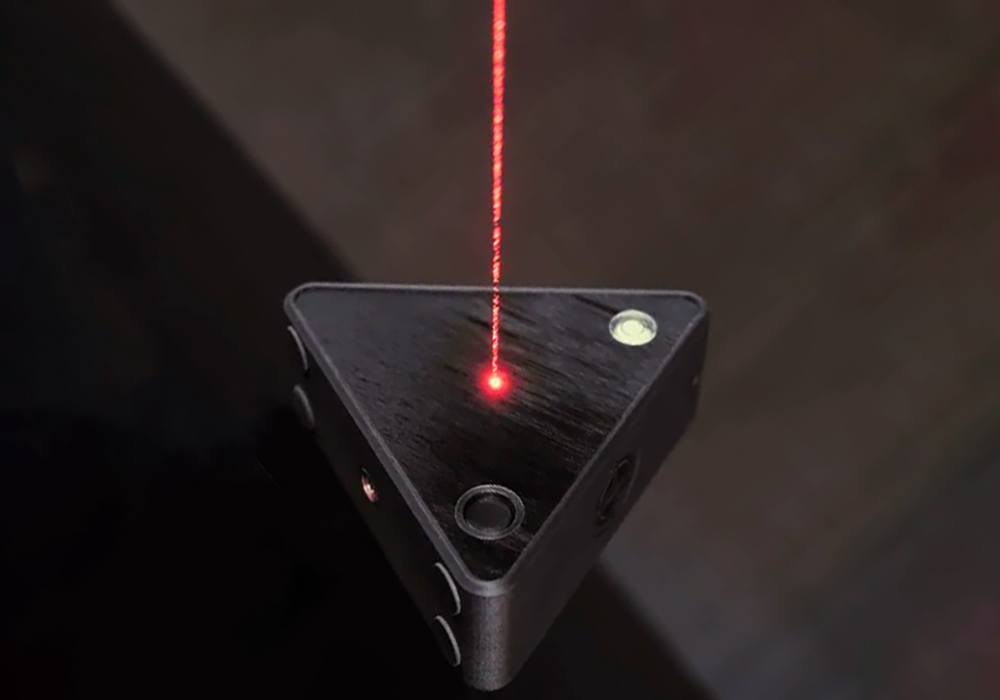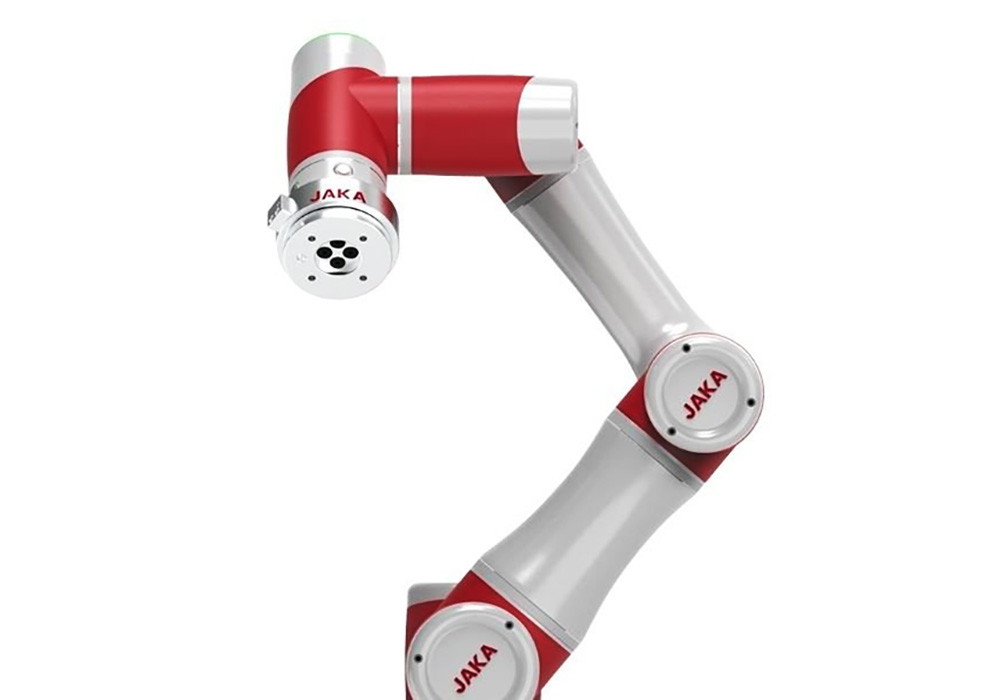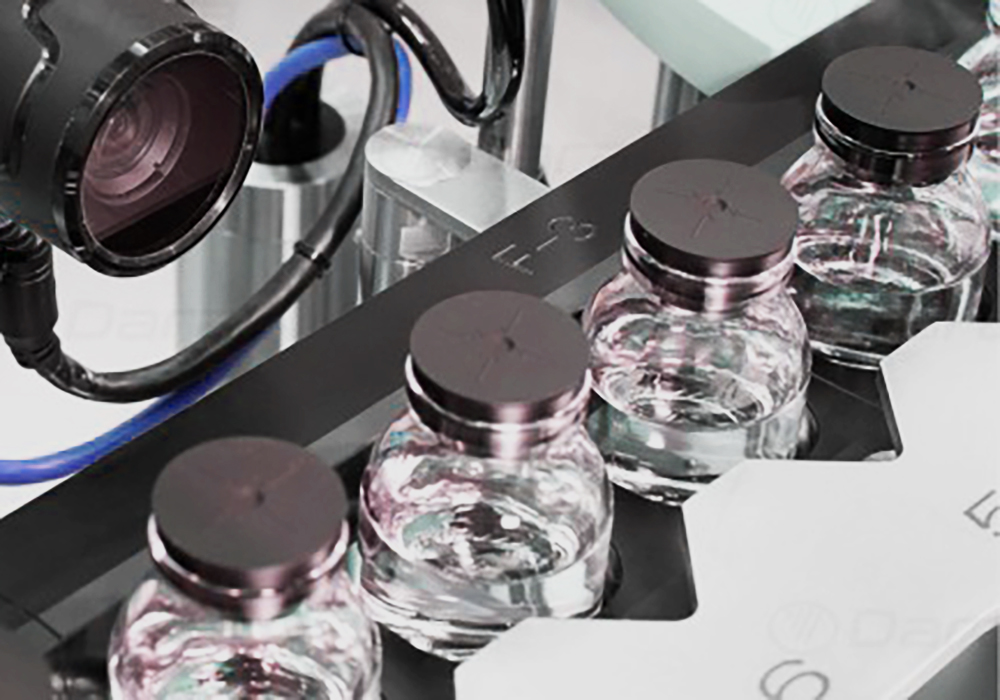Visual Inspection Items and Inspection Scheme for Mobile Phone Metal Appearance Defects
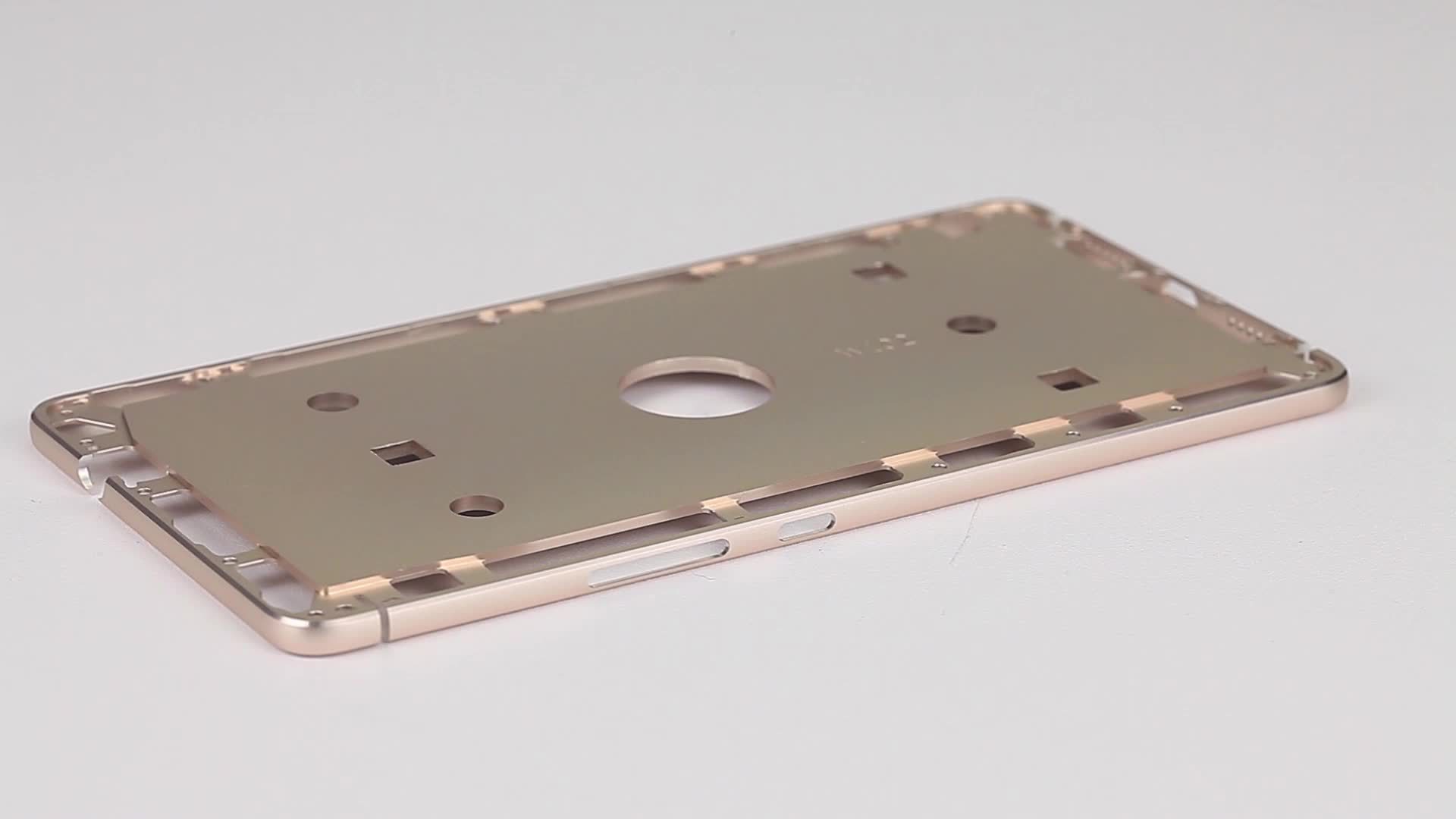
Inspection Items
- Scratch Detection: During the production, transportation or use of mobile phone metal housings, various scratches may appear, affecting the appearance and product quality. It includes shallow scratches, deep scratches, long scratches, short scratches, etc. The visual inspection system needs to accurately identify and distinguish scratches of different degrees.
- Dent and Bump Detection: Detect whether there are dent or bump defects on the surface of the mobile phone metal housing, such as the surface unevenness caused by mold problems or external impacts. For tiny dents and bumps, the visual inspection system needs to have sufficient precision and sensitivity.
- Crack Detection: Cracks may appear on the metal housing, which may affect the structural strength and safety of the mobile phone. The visual inspection system should be able to detect cracks in various directions and lengths, and even the slightest cracks should not be missed.
- Oxidation and Discoloration Detection: The metal housing may oxidize under long-term use or in specific environments, resulting in changes in surface color or the appearance of rust spots. The inspection system needs to be able to recognize slight color changes, judge the existence of oxidation phenomena, and determine the degree and scope of oxidation.
- Porosity and Blowhole Detection: During the metal casting or processing, porosity or blowholes and other internal defects may be generated, and these defects may appear on the surface. Through the visual inspection system, comprehensively check the surface of the metal housing to find and locate porosity and blowholes.
- Edge Burr Detection: There may be burrs on the edges of the mobile phone metal housing, which not only affect the appearance but also may scratch the user’s fingers. The inspection system should be able to accurately detect the position and size of the edge burrs and ensure the smoothness of the housing edges.
Inspection Scheme
Hardware Equipment Selection
- High-resolution Industrial Camera: Select an industrial camera with high resolution and fast frame rate, such as a camera with 5 million pixels or higher resolution, to ensure that the details of the mobile phone metal housing can be clearly captured. The frame rate of the camera should meet the speed requirements of the production line to ensure that no defects are missed during the rapid production process.
- Appropriate Lighting System: According to the surface characteristics of the metal housing and the requirements of the inspection items, select the appropriate lighting method and light source. For example, use ring light sources, bar light sources or dome light sources, etc., and adjust the angle, intensity and color of the light source to reduce shadows and reflections and improve the contrast and clarity of the image.
- Precision Mechanical Transmission Device: Ensure the stable transmission and precise positioning of the mobile phone metal housing during the inspection process, and reduce image blurring and inspection errors caused by factors such as vibration and shaking. High-precision conveyor belts, fixtures and positioning devices can be used.
Image Processing and Algorithm Optimization
- Image Preprocessing: Perform preprocessing operations such as grayscale, noise reduction and filtering on the collected images to remove noise and interference information in the images and improve the image quality. For example, use the median filtering and Gaussian filtering methods to remove salt-and-pepper noise and Gaussian noise.
- Feature Extraction and Analysis: Use advanced image processing algorithms, such as edge detection, morphological processing and texture analysis, to extract the feature information of the mobile phone metal housing. For example, use the Canny edge detection algorithm to extract the edge information of scratches, cracks and other defects, and use the morphological opening and closing operations to remove small noises and fill the holes inside the defects.
- Deep Learning Algorithm Application: Use deep learning algorithms, such as convolutional neural networks (CNN), to train a large number of labeled mobile phone metal appearance defect images, so that the model can automatically learn and extract the features of the defects. CNN can effectively process complex image data and improve the accuracy and generalization ability of defect detection.
Inspection Flow Design
- Loading and Positioning: Place the mobile phone metal housing on the conveyor belt through an automated loading device and perform precise positioning to ensure that the position and posture of each housing are fixed during the inspection process.
- Image Acquisition: During the transmission of the housing, the industrial camera performs multi-angle and multi-directional image acquisition at the preset frequency and position to ensure that the entire metal housing surface is covered.
- Defect Detection and Classification: The collected images are transmitted to the image processing system. After preprocessing, feature extraction and analysis and detection by the deep learning algorithm, the system automatically recognizes various appearance defects and classifies and marks the defects, such as scratches, dents, cracks, etc.
- Result Output and Feedback: The inspection results are displayed on the screen in an intuitive way, such as marking the position, type and size of the defects in the image. At the same time, the inspection results are promptly fed back to the production control system. For unqualified products, the system automatically issues an alarm or performs sorting processing.
Quality Control and Data Analysis
- Establishment of Quality Standards: Formulate detailed quality standards for mobile phone metal appearance defects, and clarify the allowable range and judgment criteria for various defects. Set corresponding quality parameters according to different product models and customer requirements.
- Data Analysis and Statistics: Conduct in-depth analysis and statistics on the data collected during the inspection process, such as the type distribution, quantity trend and occurrence frequency of defects. Through data analysis, discover the potential problems and quality risks in the production process and provide a basis for the improvement and optimization of the production process.
- Continuous Improvement: According to the results of quality control and data analysis, regularly evaluate and optimize the visual inspection system, adjust the detection algorithm, parameters and thresholds to improve the accuracy and efficiency of detection. At the same time, feed the inspection results back to the production department to prompt it to improve and optimize the production process, equipment and raw materials, thereby continuously improving the product quality.
Through the above visual inspection items and inspection scheme for mobile phone metal appearance defects, the efficient and accurate detection of mobile phone metal appearance defects can be realized, the product quality and production efficiency can be improved, the error and cost of manual inspection can be reduced, and the strict requirements of mobile phone production enterprises for product quality can be met. If you have other specific requirements or modification opinions, please feel free to contact us at any time.

